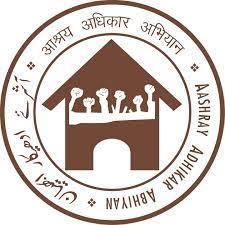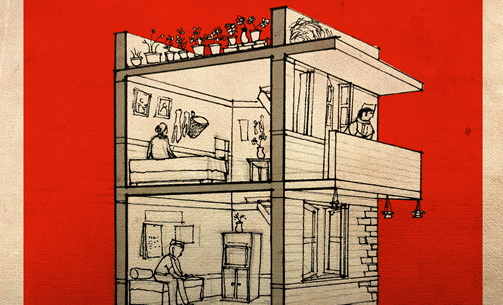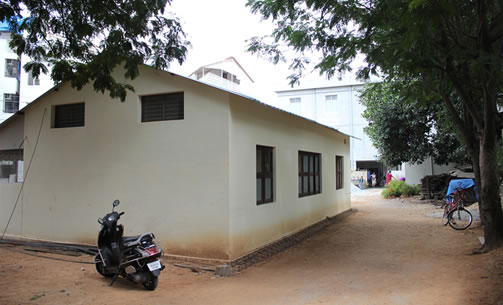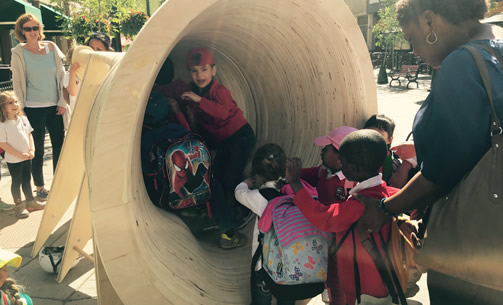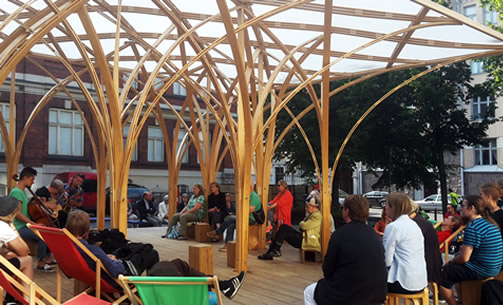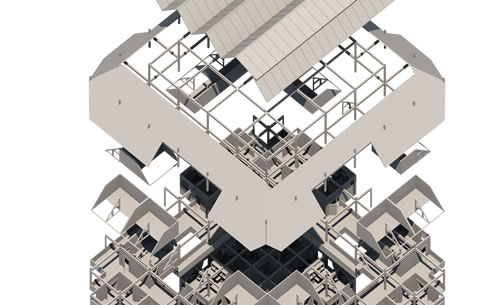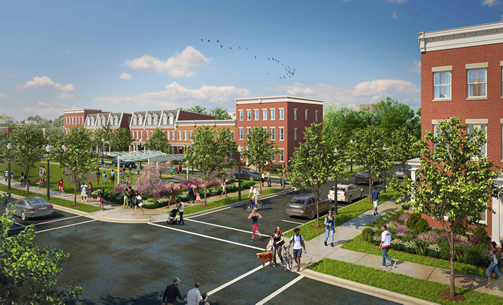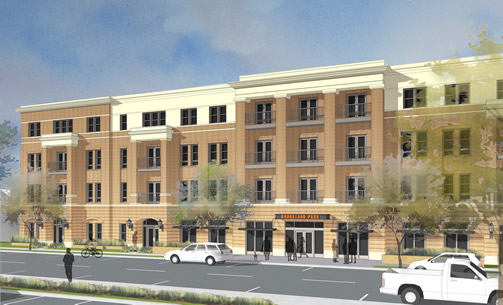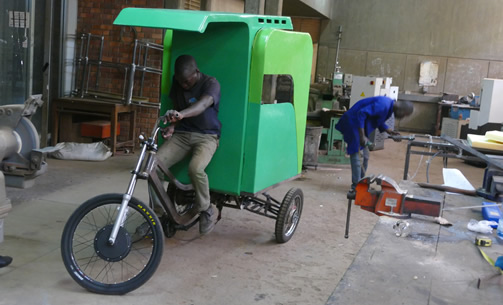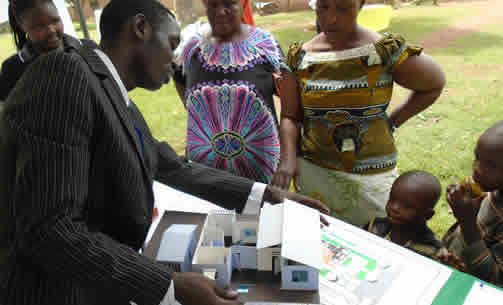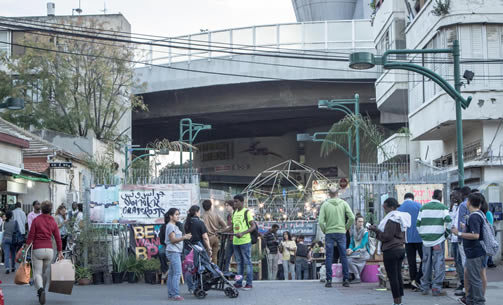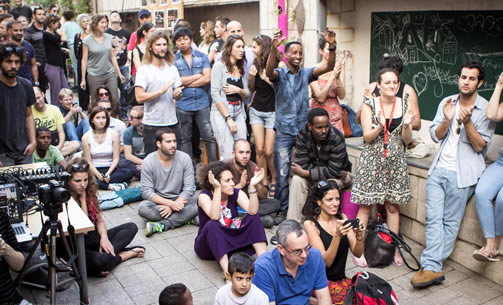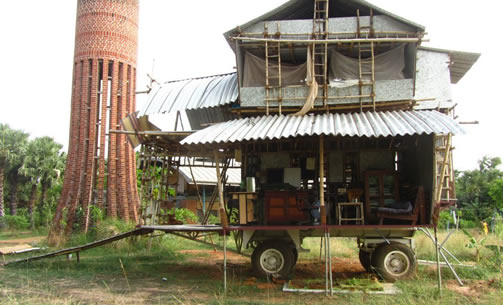Gauri Patra - Community Service Fellowship ReportFundamental right to the city for the invisible Before 2006, Praveen who is 46 right now had a family consisting of her parents and four brothers who loved and supported her. Being the youngest in the family she was always pampered and taken care of. Unfortunately her life wasn't the same after her father’s death, her brothers sold their ancestral property and left after taking their shares. Everything happened so quickly that she couldn't digest any of it and went into a complete shock. Her husband and her in-laws broke ties with her due to her deteriorating mental state and abandoned her. She used to live on the footpath of Hazrat Nizzamuddin and Barakhamba road. Banno, a social worker working for Aashray Adhikar Abhiyan(AAA) noticed her on the railway tracks and took her to the organisation. Everyone working there helped her to get better. They got various medical tests done,provided her with needed medicines and took care of her. Her state began to improve and the members with her decided to drop her at her home. Due to the fear of the police her family members kept her for a day or two and then threw her out of the house. Till this date she hasn't recovered and lives in one of the shelter homes provided by the organisation near Nizamuddin area.
Understanding the psychology of the homeless communityOn my first day at Aashray Adhikar Abhiyan, Dr.Sanjay Kumar introduced me to Ms. Sanjana Jain who works there as a research and communications lead and has her majors done in social work in mental health. The first week she helped me understand the psychology of different segments of the homeless community. This was important because in each scenario each user is different and so should be our approach. I asked Dr.Sanjay the main reason the homeless citizens don't use shelters and instead choose the option to sleep in the open. He told me that most of the homeless population are street vendors, rickshaw pullers, construction workers and people dependent on begging. Location is critical for them. The location of the housing should be in areas, which are close to their livelihood and work sites and where there is concentration of homeless citizens. In my BP2021 essay I wrote about using abandoned unfinished high rise buildings as a space that can be used efficiently by designing dwelling units for the urban homeless. But I realised a major drawback at the end of the first week after researching and talking to Dr.Sanjay. A permanent low cost housing in the abandoned high rise buildings is a difficult proposition for the homeless citizens. Firstly because most of the homeless citizens don't have documents for their identification and for their owning rights a certain investment is required for owning a unit and secondly most of them don't have permanent jobs and move around according to their workplace.
Visiting the porta sheltersPortable cabins or porta cabins are trailers that are relocatable. They are generally used as a solution for temporary structures for the homeless. Pawan Kumar, a native of Bihar ferries passengers on his rickshaw during the day. He decided to spend his early nights in Delhi at a raen basera( night shelter) and realised that the steel porta cabins were like furnaces. Now, he sleeps crouched on the passenger seat of his rickshaw, which he parks next to the shelter home. According to the caretaker, who has been working with shelter homes for the past 10 years, these homes are not equipped for people to live there all day. “The design of these shelter homes are not built for the summer. It’s like living in an oven.Another caretaker of the raen basera says, "You're talking about the homeless? Even we (the caretakers) don't dare to step into the cabins during the day or night. There are no coolers or exhausts, the fans circulate hot air, and one is sure to fall sick if they stay there for long." In Delhi's summers,the mercury goes up to 40-45 degree Celsius and the shelter is to me looks like a box of tin with no ventilation and spaces are only provided for old coolers and fans which don't really help. The NGO tells me DUSIB(Delhi Urban Shelter Improvement Board) officials are aware of this problem, there is little, they say, that can be done. They(members of the NGO) say, "This is an inherent defect in the concept. Portacabins are a necessary evil." They add,it takes two to three years to build a permanent structure due to the time involved in various sanctions and approvals for the plan. There are some who struggle each day in the furnace-like porta cabins and there are some homeless people who prefer to stay shelterless. Additional Help and InformationAre you in need of assistance? Please email info@berkeleyprize.org. |
|
||||||||||


